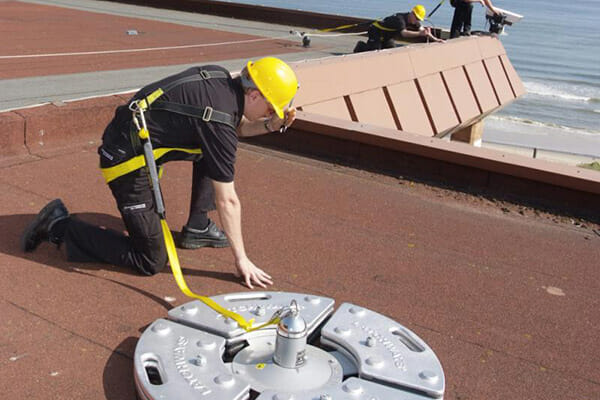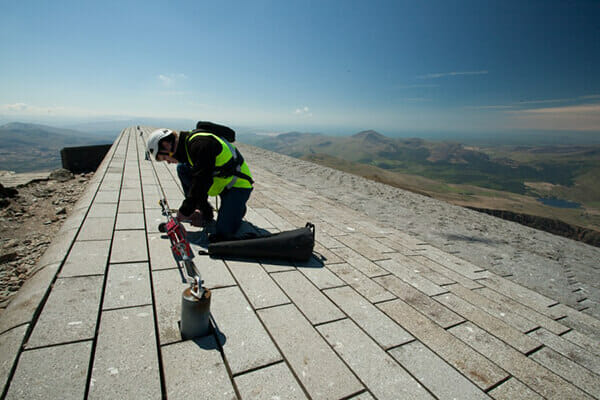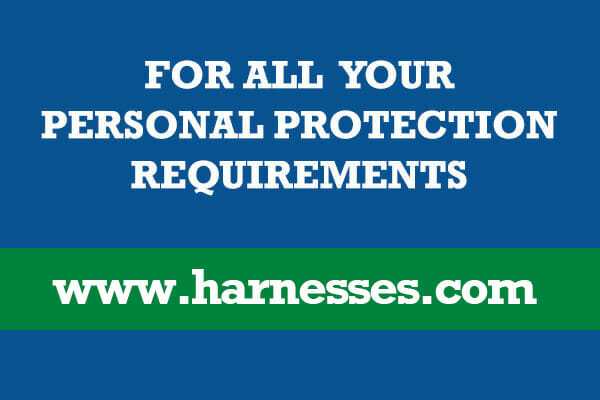Suspension Trauma: Fact or Fiction?
What do we actually know — objectively — about suspension trauma?
Suspension trauma is seldom discussed and often misunderstood. For many in the fall protection industry, it remains something they have heard about, but never seen first-hand. This raises an important question: how real is the risk?
After more than 25 years of designing fall protection systems and advising clients in construction, I realised that I had never encountered a confirmed case of suspension trauma, nor treated anyone affected by it. I had also never seen a documented industrial case study.
This prompted a deeper investigation: What is suspension trauma, and how much evidence exists to support the theories surrounding it?
What the Research Shows.
A review of available literature reveals a surprising pattern:
Despite decades of discussion, there is very little objective evidence of suspension trauma occurring in industrial settings.
Many online sources repeat the same claims, but few provide verifiable case studies or controlled medical research. Several credible publications, however, offer important insight.
Key Research Findings.
1. HSE (UK) Review – Paul Seddon (2002).
🔗 HSE Research Report CRR 451/2002
Seddon reviewed more than 50 reports from multiple countries, including experiments and rope access data from IRATA.
His findings were striking:
- Across 5.8 million IRATA rope-hours over 11 years, not one case of suspension trauma was identified.
- All incidents cited in the literature involved volunteers or training scenarios, not industrial accidents.
His report explains the underlying physiological mechanism (orthostatic intolerance), but did not find evidence of actual industrial fatalities.
⚠️ Note: Seddon’s original first-aid advice — recommending keeping casualties upright — has since been retracted and replaced by updated medical guidance.
2. Lee & Porter (2007).
🔗 “Suspension Trauma,” Emergency Medicine Journal, 2007
Their conclusion is significant:
“Suspension trauma may indeed be a hypothetical risk, made extinct by modern harness design and safety guidelines.”
They highlight the absence of medical research using modern harness systems and call for better data.
3. HSE Evidence-Based Review (2009).
🔗 HSE Research Report RR708 (2009)
The first six pages summarise the best available knowledge up to 2009.
The most important outcome:
- The recommended first-aid treatment has changed.
- Casualties should be laid flat, not kept seated.
- This is now standard in Australia, New Zealand, the UK, and other regions.
4. Conflicting Advice in Industry Literature.
At the same time the HSE updated its guidance, some emergency care publications continued to recommend the opposite — keeping casualties upright. Thomasson et al. (2008) demonstrated why:
- A search for “Suspension Trauma” and “Horizontal Position” revealed 345 articles
- Many contained circular references, repeatedly citing the same early assumptions
- 70% incorrectly recommended keeping the patient upright, despite updated evidence
This reinforced outdated practices and widespread misinformation.
5. Mortimer (2011).
🔗 “Risks and Management of Prolonged Suspension in an Alpine Harness”
Mortimer reviewed a set of fatalities associated with rope suspension. Importantly:
- None were confirmed cases of suspension trauma
- Most had alternative explanations (airway obstruction, aspiration, existing medical factors)
- No cases occurred in industrial environments
He reiterates that casualties should be laid down, and that standard life-support procedures apply.
6. Pasquier et al. (2011).
🔗 “Clinical Update: Suspension Trauma”
A comprehensive medical review found:
- No documented industrial cases
- All known examples involved sports accidents or experimental suspensions
- Suspension trauma is possible, but extremely rare
Their summary:
“No scientific evidence suggests that the management guidelines for these patients should differ from that of other trauma victims.”
What We Know — Objectively.
Based on four decades of literature:
✔ Orthostatic intolerance is real
Human experiments confirm that motionless suspension can cause fainting.
✔ Suspension trauma deaths in industry have not been documented
Across 40+ years of research, not a single industrial fatality has been definitively attributed to suspension trauma.
✔ The risk may be theoretical under modern work practices
Modern harness design, rescue planning, and safety regulations dramatically reduce the potential for prolonged suspension.
✔ Current first-aid guidelines require casualties to be laid flat
This is now standard across multiple countries.
What This Means for Industry.
Although the theoretical risk exists, real-world data suggests:
- The likelihood of suspension trauma is extremely low
- Industrial fatalities from suspension trauma have not been recorded
- Outdated first-aid advice continues to circulate online
- The actual dangers at height remain falls themselves and falling objects
- For example, Safe Work Australia statistics (2003–2013) show that every year, on average:
- 33 workers died from falls
- 25 workers died from falling objects
- Half of all fatal falls were from 3 metres or less
These are the real, measurable hazards — and they demand our attention.
Regulatory Controls That Work.
Australian regulations (e.g., Queensland WHS Regulations Sections 78–80) provide an excellent model:
- Work from the ground or solid construction wherever possible
- Use fall prevention devices
- Use work-positioning systems
- Use fall arrest only when unavoidable
- Have an effective rescue plan
- Test the rescue plan
- Train workers in rescue procedures
These controls directly minimise any potential suspension risk — long before it becomes an issue.
Conclusion: Fact or Fiction?
Suspension trauma is a physiological possibility, proven in controlled experiments.
But:
- It has never been confirmed as a cause of death in an industrial setting
- The risk appears to be extremely small, perhaps even hypothetical under modern safety systems
- Proper fall prevention, correct hierarchy of controls, and effective rescue planning eliminate the risk entirely
The real priority should remain:
- Preventing falls
- Preventing falling objects
- Ensuring rapid rescue capability at every site
If industry continues to follow established regulations and good practice, we can aim for another 40 years without an industrial fatality from suspension trauma.





